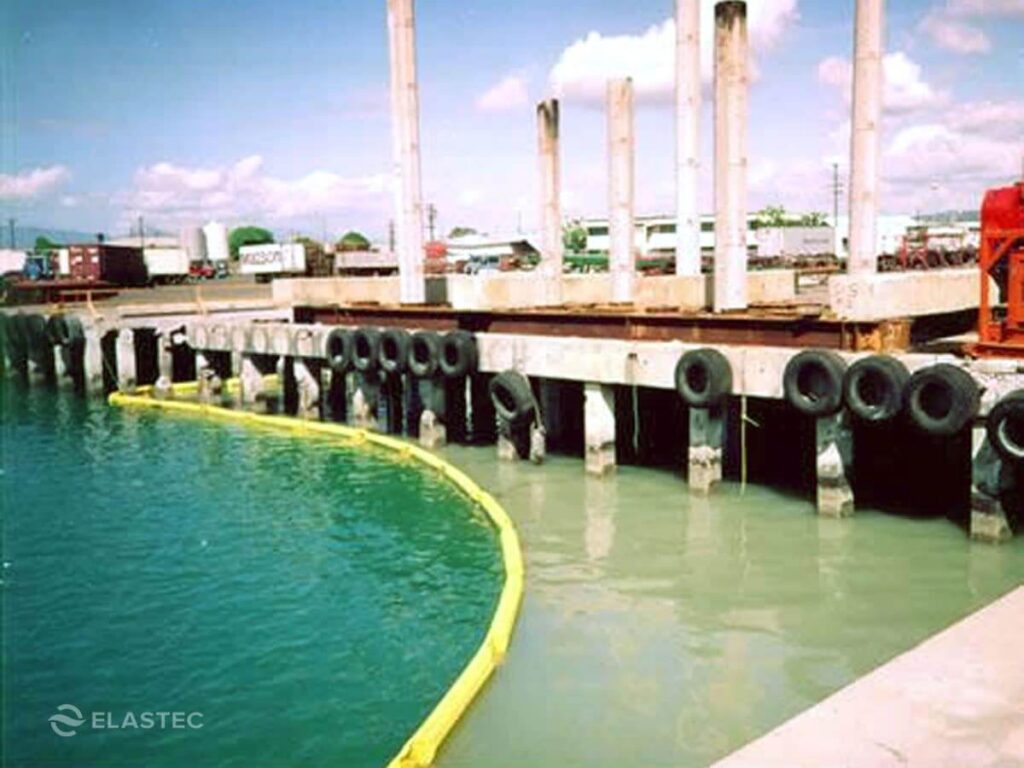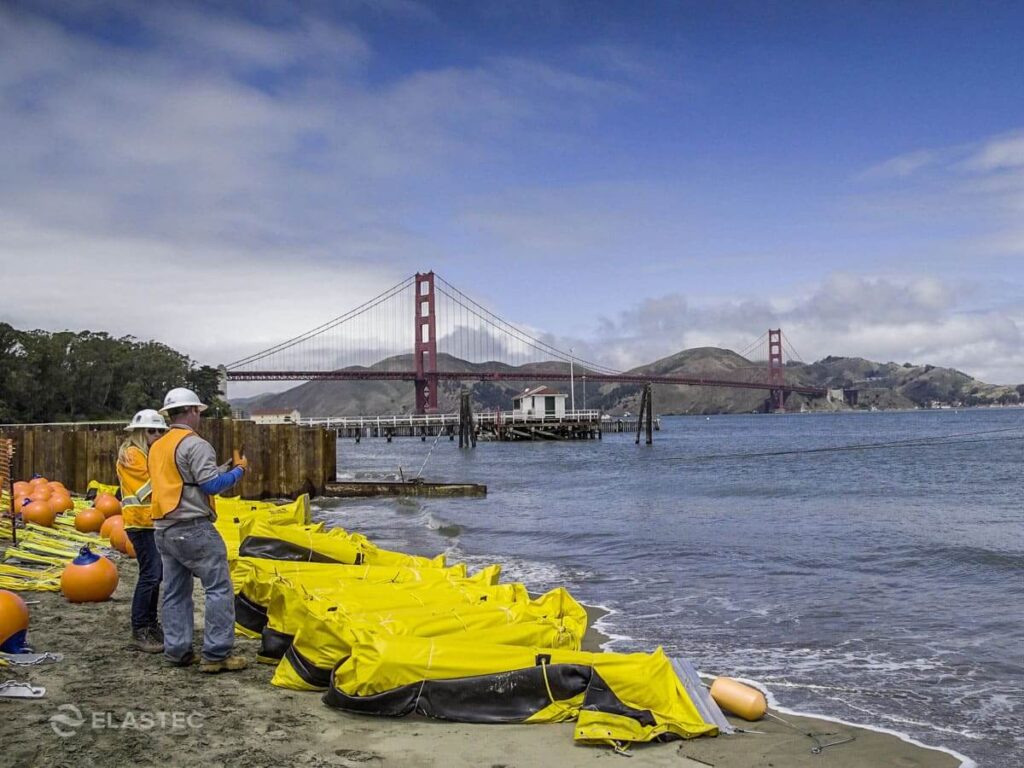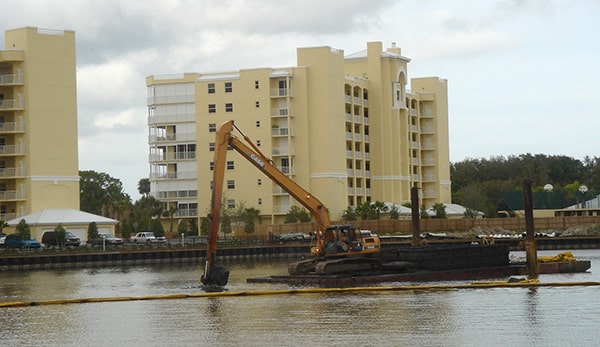Installation Tips for Effective Turbidity Barriers
What is a Turbidity Barrier?
A turbidity barrier is a crucial tool employed in marine construction and dredging operations to prevent sediment and contaminants from entering water bodies during excavation, dredging, or other activities that may disturb the ground. Typically made from buoyant materials, these barriers act as physical barriers that control water quality by containing silt and debris.
Importance of Turbidity Barriers
The importance of turbidity barriers cannot be overstated. They are vital for protecting aquatic ecosystems, ensuring compliance with environmental regulations, and maintaining water quality during construction activities. By controlling turbidity levels, these barriers reduce sedimentation’s impact on fish and other marine life. This helps create a healthier environment.
Types of Turbidity Barriers
Floating Silt and Turbidity Barriers
Manufacturers build floating silt barriers, often referred to as turbidity curtains, to encircle the area of disturbance. They float on the water’s surface and reach down into the water. This helps to hold the suspended sediments. Some barriers are ideal for use in calm waters where minimal wave action is present and others are best for rivers, lakes, and ponds.
Comparisons of Different Types
When choosing between different types of turbidity barriers, it’s essential to consider the specific environmental conditions, the expected water flow, and the types of sediments likely to be encountered. There are generally three types of barriers (Type 1, Type 2, and Type 3) depending on the conditions to be encountered. Consult with experts to identify the most effective option for your project’s unique needs.
- Type 1 floating barriers are designed to control sediment and runoff at construction sites in calm waters.
- Type 2 floating barriers are designed for mild currents, waves, and wind.
- Type 3 floating barriers are designed for for use in tidal zones, rivers, and bays.

Installation Best Practices
Site Assessment Prior to Installation
Before installing a turbidity barrier, conducting a thorough site assessment is essential. This includes analyzing water flow patterns, sediment types, and any potential obstacles that may interfere with barrier placement. Understanding the site conditions will enable you to determine the optimal placement and design for the barrier.
Proper Equipment and Materials
Using the right equipment and materials is crucial for the successful installation of turbidity barriers. Ensure that you have high-quality, durable materials designed to withstand environmental conditions and that you utilize specialized installation equipment for optimal results.
Step-by-Step Installation Process
- Prepare the Area: Clear the site of any debris and ensure that the water body is accessible for installation.
- Determine Barrier Placement: Using your site assessment data, mark the placement area for the barrier, ensuring it spans the entirety of the disturbed area.
- Install the Barrier: Follow manufacturer guidelines to properly install the floating turbidity barrier, ensuring it is anchored securely to prevent dislocation.
- Check for Gaps: After installation, inspect the barrier for any potential gaps or weaknesses that may allow sediments to bypass the barrier.
Maintenance and Monitoring
Routine Inspections
Regular inspections are vital for ensuring that the turbidity barrier remains effective throughout the duration of the project. Check for signs of wear, damage, or sediment accumulation that may hinder the barrier’s performance.
Common Issues and Fixes
Common issues with turbidity barriers can include tears in the fabric, sagging due to excessive sediment load, or dislocation from water currents. It is essential to address these issues promptly to maintain barrier integrity and effectiveness.
Long-Term Maintenance Strategies
Develop long-term maintenance strategies that include routine cleaning, repairs, and eventual removal of the barrier after the completion of the project. Proper disposal of the barrier materials is also critical to minimize environmental impact.
In conclusion, utilizing turbidity barriers is essential for protecting water quality during construction and other activities that may disrupt sediment. By following best practices for installation, maintenance, and monitoring, you can ensure the effective use of turbidity barriers to safeguard the environment. We encourage everyone involved in construction and environmental preservation to prioritize the use of turbidity barriers and other sediment control measures to maintain the health of our water bodies.
Connect With Us
Sign up for our newsletters to receive the latest news and product information from Elastec.



